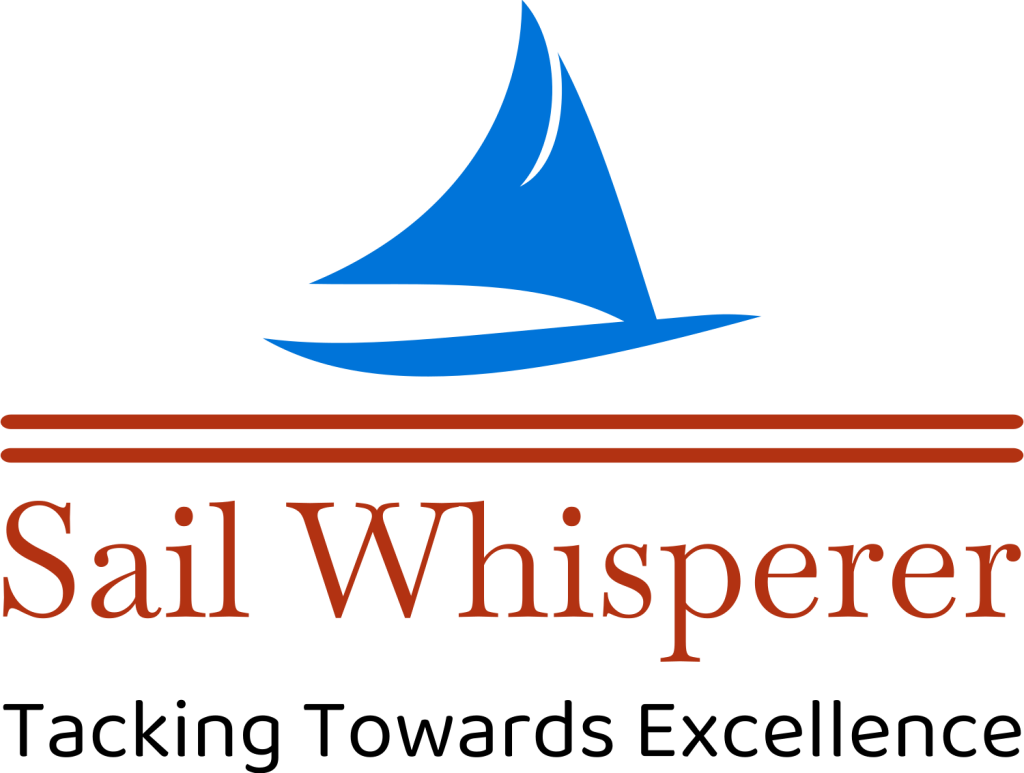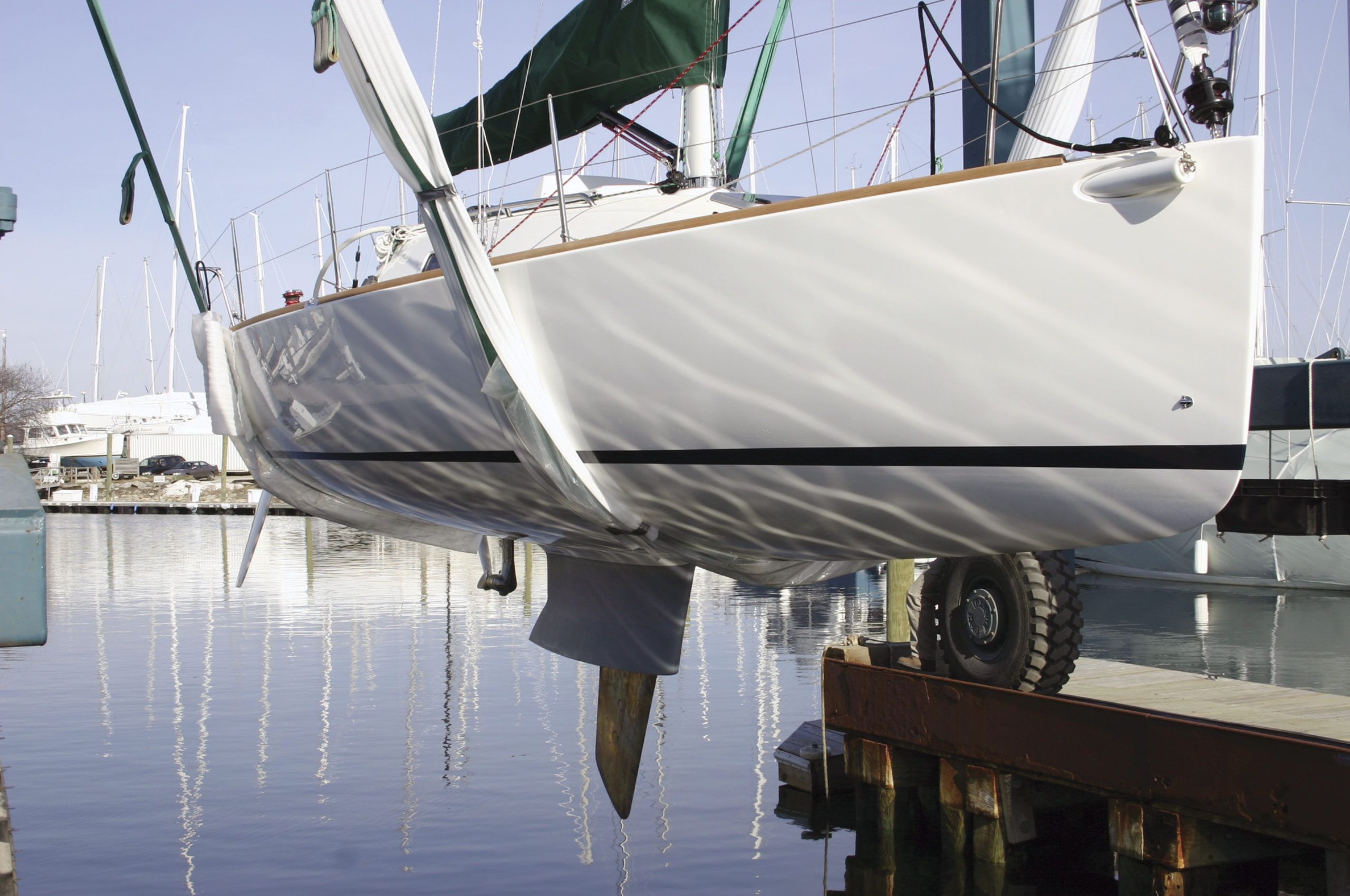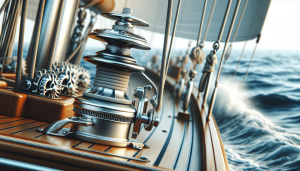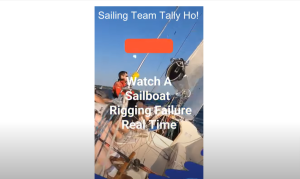In the intricate world of boat structural design, the Shoal Draft Keel stands as a significant component that holds tremendous importance in enhancing the performance and handling of sailing boats on the water. This article aims to provide you with a comprehensive and exhaustive exploration of what constitutes a shoal draft keel. The subsequent sections will unpack in painstaking detail of over 2,000 words, the definition, functionality, design elements and benefits of a shoal draft keel in relation to performance, maneuverability, and stability of sailing vessels. Brace yourself for an enlightening journey into a crucial aspect of a sailing boat’s architecture.
Shoal Draft Keel: What Is It and Why Does It Matter?
Have you ever wondered what features of a sailboat architecture allow it to move smoothly and efficiently through the water, or why some types of boats fare better in shallow waters than others? The answer lies in a crucial part of a boat’s design known as the ‘shoal draft keel’. This is one of those under-the-hood components that dictates the overall performance of the vessel, and understanding its functionality is crucial for any dedicated sailor or boat owner.
Let us delve deep into the world of shoal draft keels and explore its importance in sailing and marine architecture.
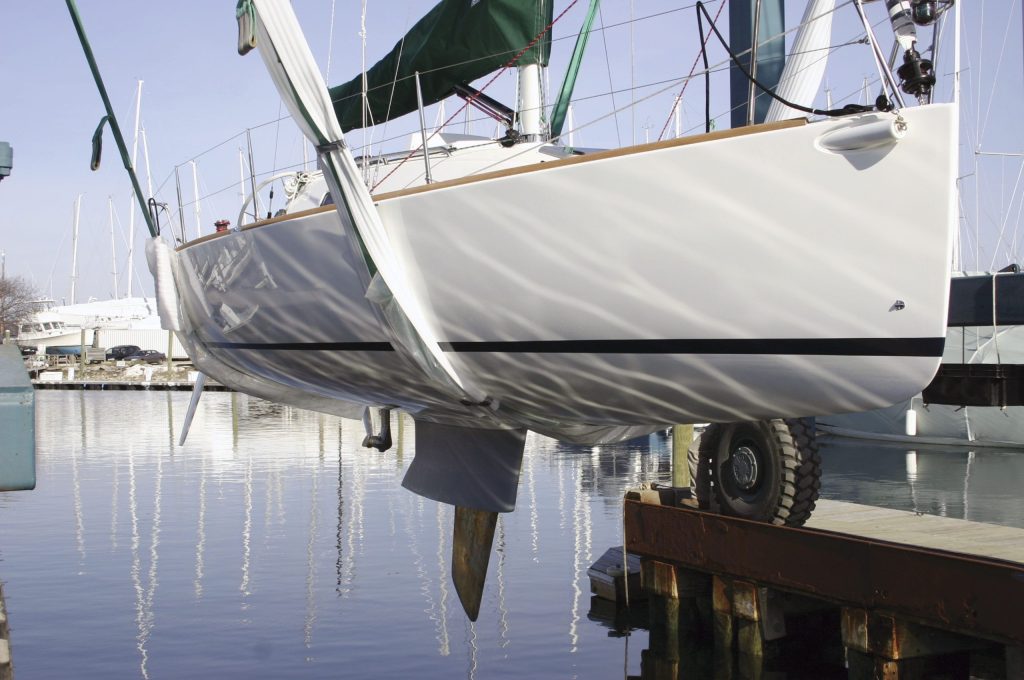
This image is property of cdn.practical-sailor.com.
Understanding The Basics: What is a Shoal Draft Keel?
In simple terms, a shoal draft keel is a type of boat keel which has a shallower draft than regular full-length keels. This means it doesn’t extend as deeply into the water. The key advantage of this kind of keel design is that it allows a boat to navigate in shallower waters where boats with deeper keels may run aground.
Sailing keels come in various shapes and sizes: from full-length keels to fin keels, bulb keels and wing keels, all offering their unique benefits and challenges. In the context of this discussion, the shoal draft keel, colloquially known as ‘shoal keel,’ deserves special attention because of its practicality and versatility, especially in relation to cruising and exploring a variety of waterways.
How Does a Shoal Draft Keel Work?
Just as an airplane uses its wings to lift itself off the ground, a boat uses its keel to balance against the wind’s force and maintain stability in water. The keel is essentially the boat’s ‘righting mechanism,’ preventing it from overturning or capsizing. When the vessel tilts because of the wind or waves, the keel’s weight causes a force in the opposite direction, turning the boat back upright.
The shoal draft keel uses a similar principle as other keel types. It harnesses the weight and the water resistance to provide stability but compromises a bit in performance. With less keel area submerged in water, the vessel may tend to tilt more and make less progress into the wind (a situation termed ‘making leeway’). However, the shoal keel’s advantage is its ability to navigate waters of shallower depth than a vessel with a similar size but deeper keel.
The Advantages of a Shoal Draft Keel
Perhaps the most significant advantage of a shoal draft keel is the access it provides to shallower waters. You can explore more tranquil coastal locations, shallow lakes, or navigate through river systems that may otherwise be inaccessible to deeper draft vessels. This particular feature of the shoal keel makes it an excellent choice for cruising yachts and small boats meant for recreational sailing.
Easier to Handle
Another benefit that comes with a shoal draft keel is its ease of handling in tricky situations. A long keel reaching deep into the water might offer great stability, but it can pose a significant challenge when navigating narrow passages or when encountering underwater obstacles. With a shoal keel, you can have better control over your boat as it performs equally well in both shallow and deep waters.
Lower Mooring and Maintenance Costs
A shoal draft keel does not require deep water to anchor. Therefore, it opens up a larger number of potential mooring and anchorage locations to the sailor. This convenience can lead to reduced mooring costs in marinas that charge by water depth. Similarly, maintenance works, such as antifouling and hull inspections, can be easier and less costly to carry out because the keel does not extend deep below the waterline.
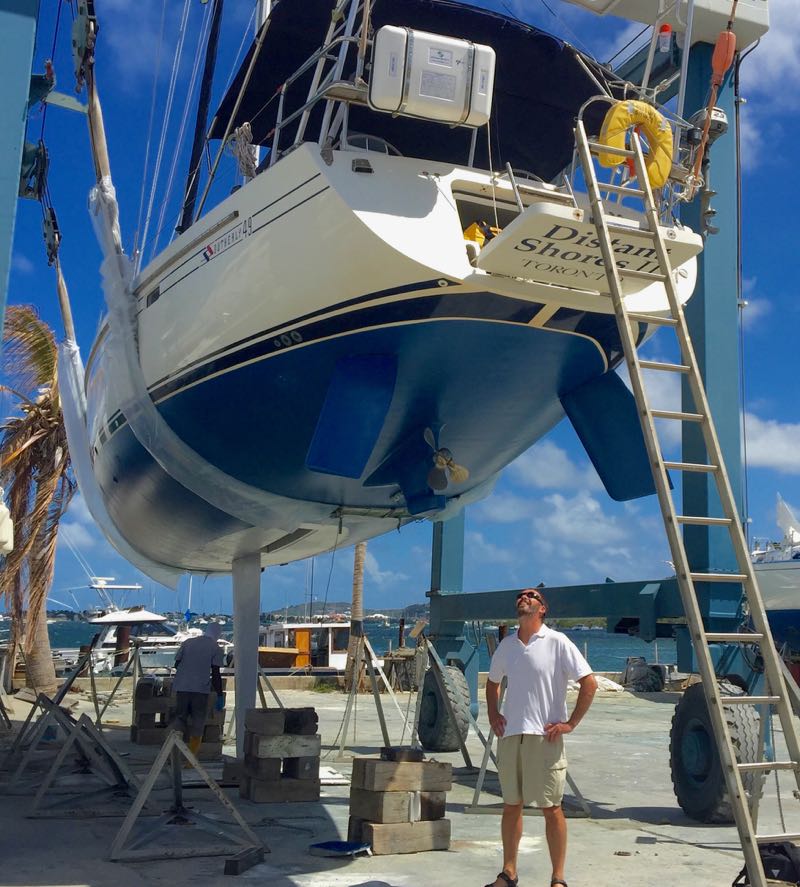
This image is property of distantshores.ca.
The Challenges of a Shoal Draft Keel
Despite the numerous advantages that a shoal draft keel offers, there are a few aspects that could be considered drawbacks, particularly for those interested in performance sailing.
Navigational Compromises
One of the major challenges associated with a shoal draft keel is that they generally provide less lift than deeper, traditional keels. This situation can result in reduced close-winded performance, meaning the boat might be less efficient when sailing towards the wind. Furthermore, a shoal draft keel boat may also be more susceptible to leeway—the propensity for a boat to drift sideways when sailing close to the wind compared to a deep keel boat.
Potentially Diminished Stability
As you might expect, by reducing the depth of the keel, there can be a decrease in the righting moment—the force necessary to keep a boat upright. This potentially reduced stability could make a boat feel more ‘tippy’ or responsive to waves and wind gusts, which might be unnerving for some sailors.
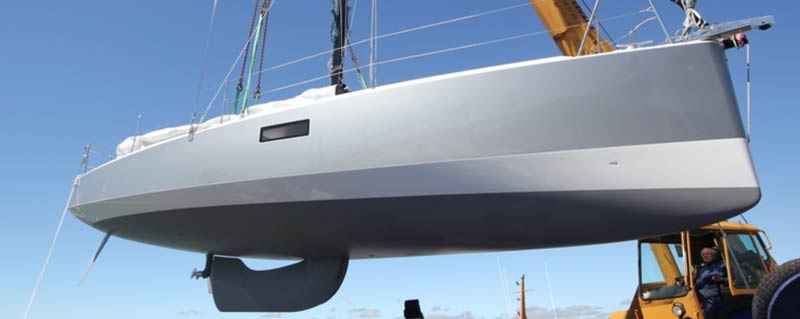
This image is property of distantshores.ca.
Conclusion
A shoal draft keel is a versatile and practical choice for passionate sailors who enjoy navigating various types of waters. Its less intrusive architecture opens up a new world of sailing possibilities, especially for those who venture into shallower waters or are looking to save on mooring and maintenance costs.
While it does have its limitations and won’t satisfy the needs of every sailor, especially those focused on speed and performance, the shoal draft keel serves its purpose remarkably well for a cruising or recreational sailor. It’s all a matter of understanding your sailing needs, preferences and becoming familiar with the key strengths and limitations of your boat’s keel design.
In the ocean of sailing, knowledge works as the best navigation tool. So while the wind fills your sails, let this understanding of the shoal draft keel guide you towards making informed sailing strategy decisions. Sail on, explorer!
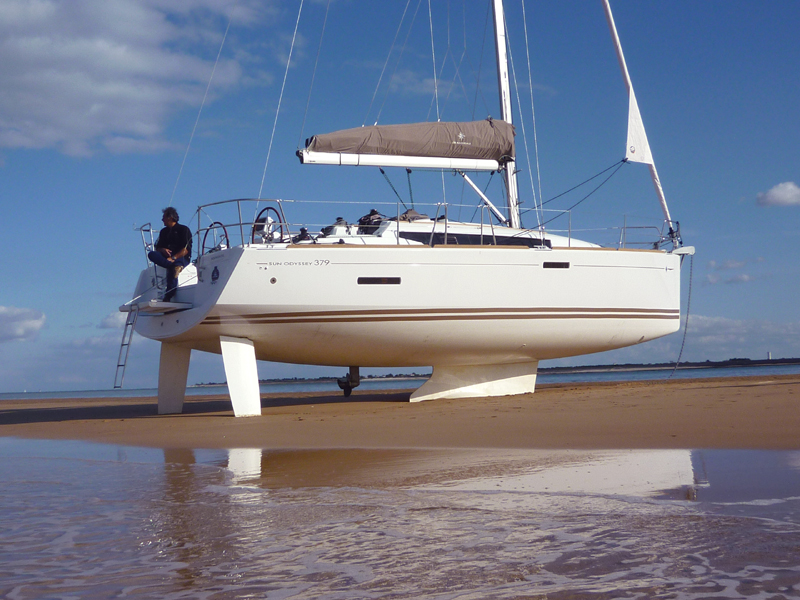
This image is property of www.performanceboating.com.au.
